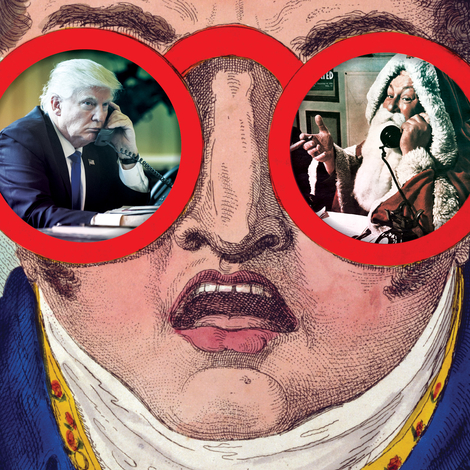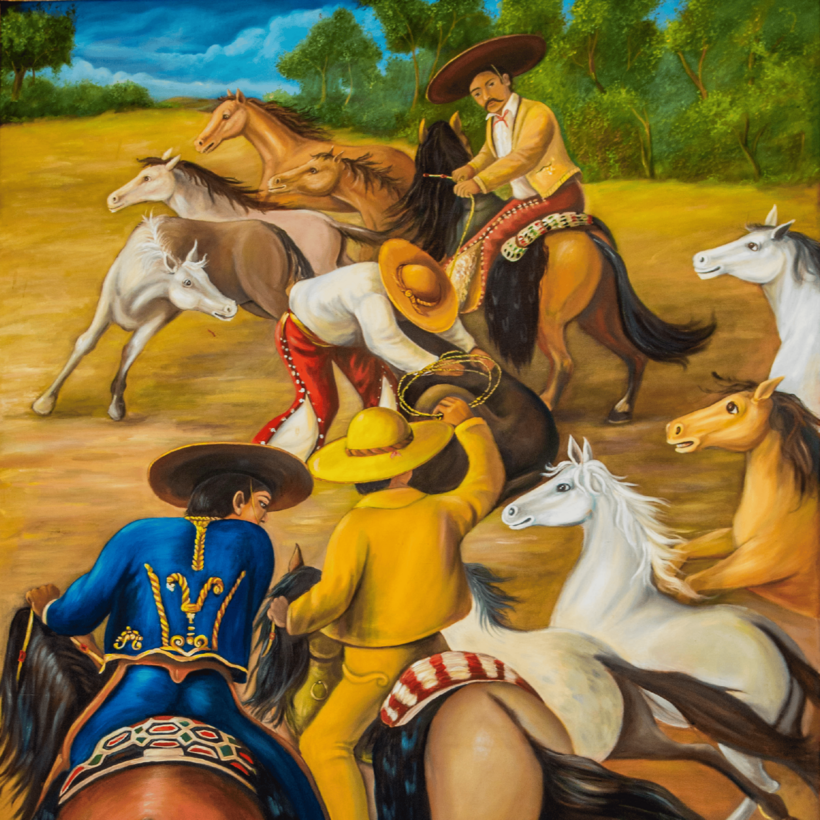Tequila is certainly having a moment. Fueled by years of free trade and shifting tastes favoring savory cocktails, Mexico’s liquid treasure is fast becoming a highbrow spirit. The fiery beverage once mostly tossed back from shot glasses is suddenly sophisticated—think sours and Negronis and frosty highball glasses.
In Tequila Wars, journalist Ted Genoways adds a twist of historical intrigue, stirred with revolutionary violence and Prohibition smuggling. He places tequila firmly at the heart of Mexico’s turbulent history, culture, and complicated relations with its northern neighbor.
At the center of the story is José Cuervo—a name every tequila drinker knows but a figure largely ignored by historians. Genoways brings him to life. With a modest inheritance and a strategic marriage, Cuervo began growing his family business into an international tequila empire. In the early 20th century, he built a railroad line and brought electricity to the town of Tequila, in the western state of Jalisco, in Mexico. He also established a cartel of blue-agave producers to gain political clout and to export his tequila north, to the United States. Under his guidance, the cartel operated in secret to avoid the attention of American lawmakers, who were drafting anti-trust legislation to protect domestic industry from “unfair” foreign competition.
In an age when Mexican entrepreneurs played rough, Cuervo preferred alliances and compromise to the Winchester and Remington. He zigged and zagged in support of one Mexican revolutionary leader or another, escaping jail and execution repeatedly like a cat with nine lives. Slump-shouldered and soft-spoken, he was thought to be weak and indecisive. Relatively unknown at the time of his death, in 1921, his funeral was ignored by the newspapers, and there is no record of who spoke at his burial.
Before the Mexican Revolution (a bloody series of regional conflicts between 1910 and 1920), Jalisco high society featured twirling parasols, ornate carriages, and organized balls. Owning agave fields signified wealth and prestige. But as the Porfirio Díaz dictatorship crumbled in 1911, large haciendas such as the ones owned and managed by Cuervo became prime targets for extortion and confiscation by revolutionary forces. Cuervo attempted to navigate a course between leaders who offered reform or order—and when he couldn’t, he would disappear.
When the rebel leader Pancho Villa charged him with treason and threatened to kill him, Cuervo was forced to go into hiding. With rebel armies closing in on the Tequila Valley to plunder the haciendas, Cuervo slipped out of Jalisco on horseback to a secret hideout deep in the forest. To keep his horse moving ahead of the attackers, he blew tequila into its nostrils as a way to numb the pain in its aching ankles and hooves. Villa’s forces burned much of the local archives, effectively erasing Cuervo from Mexican history.

Genoways’s achievement lies in resurrecting Cuervo’s story from the private archives of the Cuervo family (especially the colorful diaries of his niece) and those of his principal competitor, Don Francisco Javier Sauza. Although Genoways’s detailed research is impressive, he sometimes falls overly in love with the facts he unearthed, leaving his narrative weighed down by detail. A forceful editor would have served him well.
Nevertheless, Tequila Wars offers casual readers an inviting entry point into the Mexican Revolution, a national spasm of violence that left between one and two million people—or approximately 10 percent of the country’s population in 1910—dead. What began as a struggle for democracy deteriorated into a chaotic war between kleptocrats and bandits. Ideology took a back seat to raw power and corruption.
Today, the Mexican Revolution is mostly forgotten by Americans, overshadowed by the virtually simultaneous and more globally consequential Russian Revolution. Mexican food and beach vacations to Cabo are as popular as ever, and illegal migration over the Rio Grande is a very hot issue. But few Americans give a second thought to Mexico’s history, even though it is intimately intertwined with our own.
Social scientists point out that Mexico, like Russia, followed a classic revolutionary scenario: under the 35-year Díaz dictatorship, the country’s economy boomed, but wealth was concentrated among elites. Investors constructed factories, railroads, and mines, but political dissent was brutally suppressed. Peasants were forced into virtual serfdom, fueling support for the likes of Villa and his fellow rebel leader Emiliano Zapata.
Genoways vividly depicts this upheaval on the local level, showing how the revolution permanently changed both Mexico and its beloved Tequila Valley liquor. In the background, the book also revisits several American military interventions into the war, and, intriguingly, a German plot to bring Mexico into World War I on its side. In exchange for their assistance, Germany offered up Texas and the other border states lost in the Mexican-American War of 1848. Mexico declined, absorbed in its own domestic conflict and not fully trusting the German offer.
As the revolution began to wind down, Cuervo, facing higher taxes from a new government, furtively sent tequila in his railcars to the border for smuggling into the United States. As Texas adopted the Prohibition-era ban on liquor sales in 1920, tequila, easily obtainable from Mexico, replaced whiskey in El Paso speakeasies. Cuervo celebrated his commercial success by arranging bullfights and rodeos around Jalisco, investing the proceeds in local schools and a power plant.
Today, Jose Cuervo is the world’s best-selling tequila.
As American-Mexican relations fluctuate, tequila remains a popular constant. Don’t bet on that changing anytime soon—if history is any guide, the tangy beverage distilled from blue-agave hearts will easily survive the coming Trumpian tariffs.
Clifford Krauss is a former New York Times and Wall Street Journal correspondent who lives in Texas

